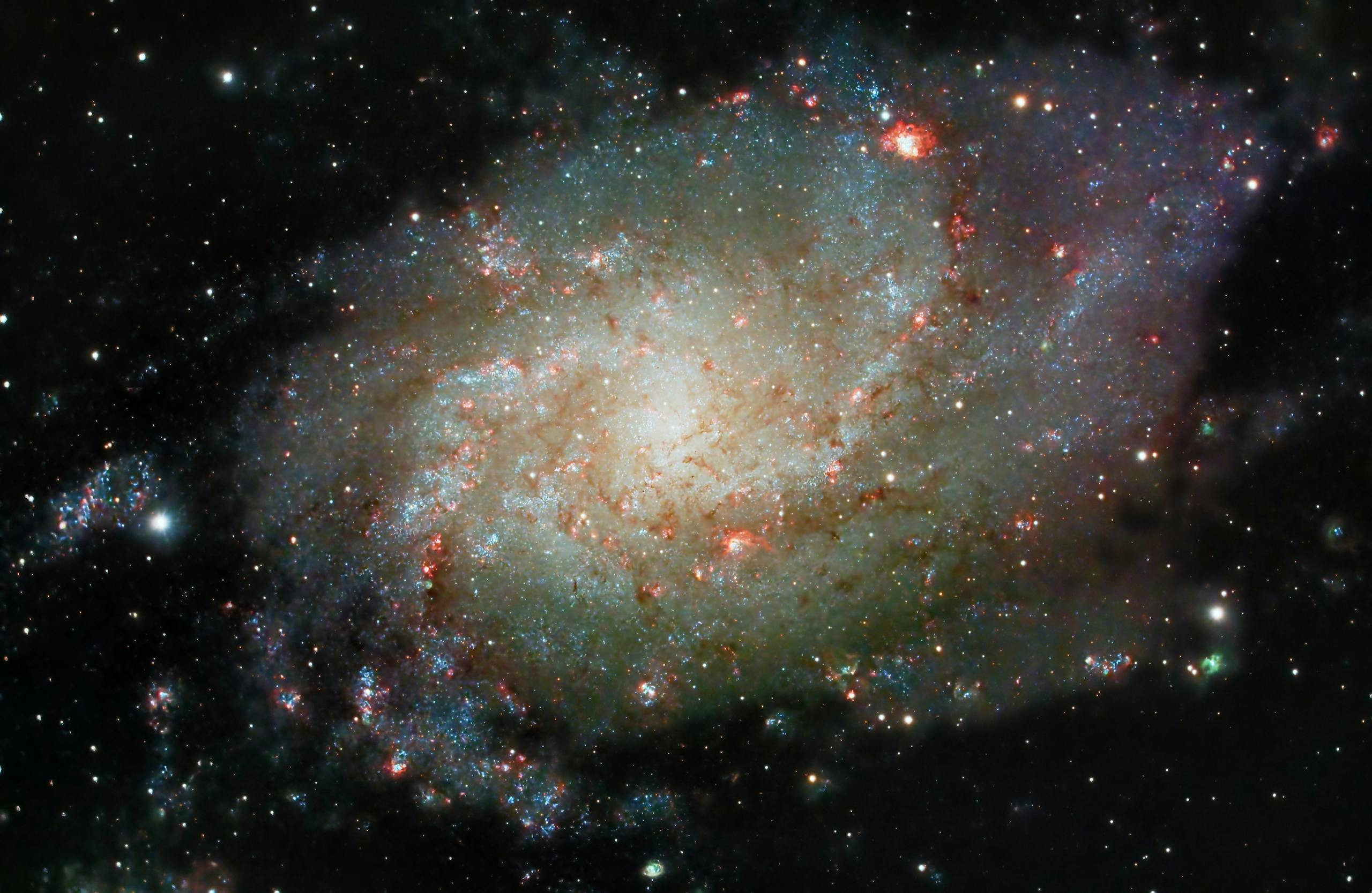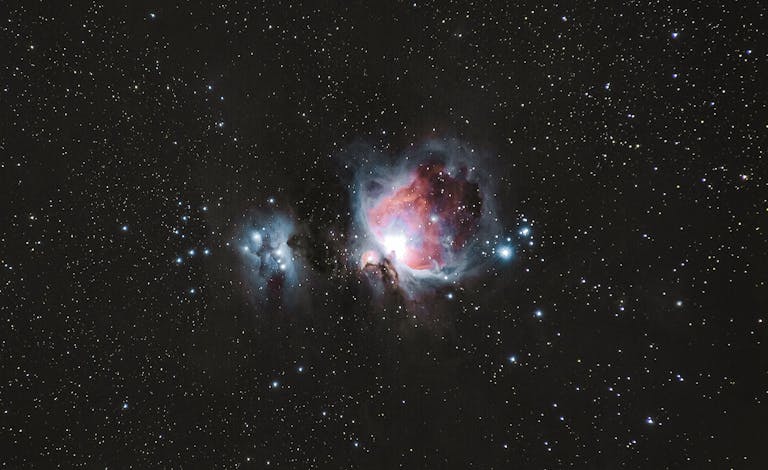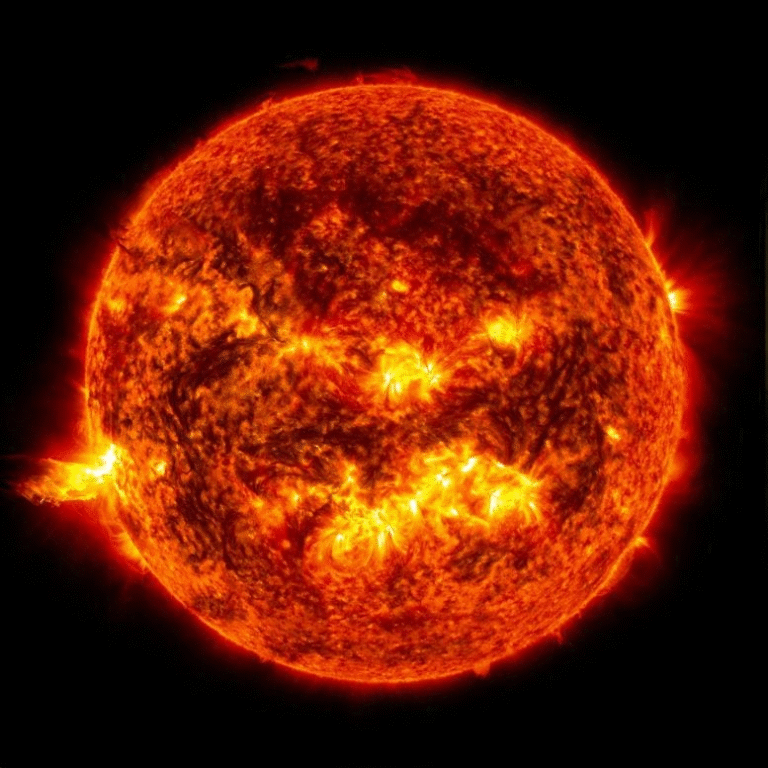Constraints on Space-Based Solar Power Satellites Are More Grounded Than You Might Think

A new study published in Acta Astronautica (2025) has shed light on the practical limits of space-based solar power (SBSP) — and surprisingly, most of those limits aren’t in space. According to the research, the real hurdles to scaling up space solar energy come from Earth itself: geography, infrastructure, and population density.
This might sound ironic — that a technology meant to bypass Earth’s weather and day-night cycles is being constrained by what’s happening on the ground — but that’s exactly what a group of Italian and German scientists found. Let’s unpack their findings and explore what this means for the future of collecting sunlight from orbit.
What the Study Tried to Find Out
The study, titled “Orbital capacity and maximum energy output of a space-based solar power constellation in Geosynchronous Earth Orbit”, aimed to estimate two big things:
- How many satellites could realistically operate in geostationary orbit (GEO).
- How much power those satellites could actually deliver to Earth’s electrical grid.
The authors didn’t just throw out a single number. They built their analysis step-by-step, using four increasingly strict “scenarios” to model different real-world constraints.
Step One: How Many Satellites Can Fit in Orbit?
Let’s start with orbit space — literally.
Satellites in GEO orbit around 36,000 kilometers above Earth and stay fixed over one spot on the equator. But they can’t just be jammed in next to each other. There’s a Minimum Distance Angle (MDA) — essentially a safety buffer — to prevent interference or collisions.
The researchers used a 0.1° minimum angular separation, which gives each satellite an “aperture range” of about 147 kilometers, roughly ten times the size of the satellites themselves.
Using that MDA, the first scenario assumed there were no other restrictions. Pure geometry shows you could theoretically fit 3,600 satellites evenly spaced around the equator.
But of course, the real world isn’t that generous.
Step Two: Sharing Space with Existing Satellites
The second scenario accounted for the satellites already parked in GEO — communication, weather, and surveillance satellites that need their own spacing. When SBSP satellites were slotted around these existing residents, the number dropped to 2,509 possible SBSP satellites.
That’s still a healthy number, but the researchers weren’t done yet.
Step Three: The Ground Starts to Matter
Space-based solar power doesn’t stop in orbit. To send electricity down to Earth, each satellite beams its energy to a rectenna — a large ground-based antenna that converts the incoming microwave beam into usable electricity.
Here’s where geography steps in. Rectennas must be located on land (at least for now), and ideally within 30° of the equator, since that’s the region directly under the geostationary belt. The further from the equator, the wider and weaker the beam becomes, which means you need even more land area to catch it.
After applying these land-use and latitude limits, the total feasible number of SBSP satellites dropped again — down to 1,771.
Step Four: The Infrastructure Constraint
Finally, the researchers added one last real-world filter: population density.
They assumed that rectennas should only be built in regions with at least 3,000 people per square kilometer — areas where the electrical infrastructure already exists to distribute the received power efficiently. This makes sense, since a massive energy receiver in the middle of nowhere isn’t much use without a grid to plug into.
With this constraint added, the possible number of satellites plummeted to just 364. That’s a massive 89.9% reduction from the initial 3,600.
What Each Satellite Could Deliver
Even though the number of satellites took a hit, each one can still produce a lot of power. The team assumed each SBSP satellite would have:
- A solar collection area of 10 square kilometers,
- 20% efficiency in converting sunlight into electricity, and
- Near-constant sunlight in GEO, without clouds or nighttime interruptions.
In theory, that setup could collect around 272 gigawatts (GW) per satellite.
But here’s where transmission losses kick in. When you beam power as microwaves from orbit and convert it back to electricity on Earth, there are inevitable losses — from conversion, atmospheric absorption, and rectenna efficiency.
So, instead of the full 272 GW, the authors took a conservative stance and estimated that only 1 GW per satellite would make it into the grid. That’s just 0.3% of the collected energy — an extremely cautious assumption.
Even with that conservative figure, 364 satellites at 1 GW each would still supply about 364 GW total, enough to cover around 3% of the world’s current electricity use. Not enough to power the whole planet, but definitely enough to make a noticeable impact.
Why These Constraints Matter
The headline conclusion of the paper is straightforward: the biggest challenges in SBSP aren’t in space — they’re on Earth.
While engineers continue to work on the space hardware — launch systems, satellite efficiency, and microwave beam safety — the ground-based challenges might prove harder to overcome.
Building hundreds of huge rectenna arrays will require:
- Massive land areas, ideally near the equator.
- Public acceptance, since rectennas are large and could compete with agriculture or development.
- Grid connections and infrastructure, especially in developing equatorial regions.
- International regulations, since multiple nations share orbital space and radio frequencies.
The Broader Picture: What Is Space-Based Solar Power?
For those not familiar, space-based solar power is the idea of collecting solar energy in space and beaming it down to Earth using microwaves or lasers.
The advantages are obvious:
- No nighttime interruptions (since GEO satellites always face the Sun).
- No weather or seasonal variation.
- Potentially unlimited sunlight, available 24/7.
The concept dates back to the 1960s and has been proposed many times since. Only recently, though, has it become technically plausible. Advances in lightweight solar panels, wireless power transmission, and autonomous space construction have brought it closer to reality.
Projects by organizations like Caltech’s Space Solar Power Project (SSPP) and Japan’s JAXA have already demonstrated early successes in transmitting power from orbit to Earth — even if just on a small scale.
A Few Limitations to Keep in Mind
The authors of this new study intentionally took a conservative approach, making cautious assumptions about spacing, efficiency, and placement. Some of their constraints could be relaxed in the future:
- Rectennas over water or in offshore installations could expand coverage.
- New beam-forming technology might allow narrower, safer, and more precise energy beams.
- Improved conversion efficiency could drastically raise the usable output per satellite.
- In-orbit assembly and robotic manufacturing might make large solar arrays more affordable.
If even a few of these improvements materialize, the potential output of an SBSP network could jump far beyond the 3% of global energy estimated in this study.
Why This Research Matters
By quantifying orbital capacity and ground-based feasibility, this study gives policymakers, scientists, and investors a clearer picture of how SBSP might scale — and what’s holding it back.
It also reframes the debate. Instead of focusing only on rockets, solar panels, and space hardware, the next steps might be urban planning, energy policy, and international cooperation.
The space-based part of the equation looks more and more achievable every year. It’s the earthly logistics — land, people, infrastructure, and politics — that could make or break the dream of harvesting sunlight from orbit.





